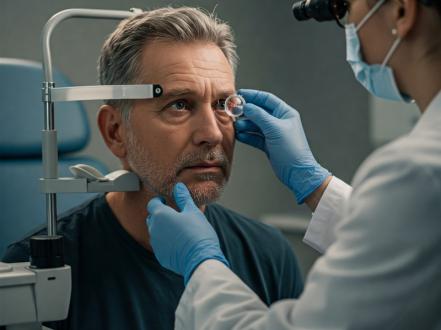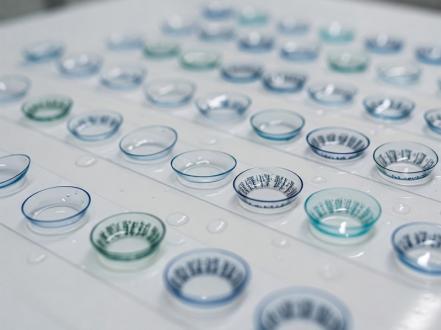Retinopathy of Prematurity (ROP) is a real concern in the neonatal world, especially for little ones born too soon – typically having a weight of less than 2.75 pounds at birth. It's all about how the blood vessels in their eyes grow wonky, which might provoke scarring or even retina detaching, causing big problems with their vision and maybe even permanent sight loss.
Although ROP is more commonly seen in both eyes, it does not necessarily cause severe visual troubles in all affected infants. Immediate medical attention will be required by a small percentage. For this reason, it is pivotal that these small children see eye experts regularly. These medical professionals can identify issues and administer appropriate care.
Signs And Triggers
One problematic aspect of ROP is that infants rarely exhibit symptoms, so it's tough to catch early without thorough eye exams. For this reason, we must closely monitor preemies in order to detect ROP before it becomes severe.
What causes ROP? It's mainly in the retina where messed-up growth of blood vessels may occur. Also, this process can get thrown off for preterm infants, especially when they're exposed to different levels of oxygen outside the womb. Other stuff like how healthy they are or how much weight they gain after birth can also play a role.
Care Tactics
Treating ROP depends on how bad it is. Sometimes, it sorts itself out without causing any lasting eye damage, but if it's serious, there are things we can do. Stuff like laser therapy can help stop those wonky blood vessels from growing more. And there's even a newer treatment where doctors put medicine right into the eyes, which can be a great healer in some cases. If the retina's already starting to peel away, there are surgeries that can help too.
Zero-risk prevention is the most effective approach to managing ROP. This includes ensuring that preterm infants receive adequate oxygen and acquire weight normally, as well as maintaining routine eye exams to detect problems early.
Careful monitoring and prompt treatment of retinopathy of prematurity are two components that are pegged critical for such little patients.

















